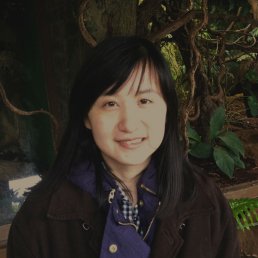Wei Title: Adaptive timestep Methods for non-globally Lipschitz SDEs
Wei Abstract: Explicit Euler and Milstein methods are two common ways to simulate the numerical solutions of
SDEs for its computability and implementability, but they require global Lipschitz continuity on both
drift and diffusion coefficients. By assuming the boundedness of the p-th moments of exact solution
and numerical solution, strong convergence of the Euler-type schemes for locally Lipschitz drift has been
proved in [HMS02], including the implicit Euler method and the semi-implicit Euler method. However,
except for some special cases, implicit-type Euler method requires additional computational cost, which
is very inefficient in practice. Explicit Euler method then is shown to be divergent in [HJK11] for non-
Lipschitz drift. Explicit tamed Euler method proposed in [HJK + 12], shows the strong convergence for the
one-sided Lipschitz condition with at most polynomial growth and it is also extended to tamed Milstein
method in [WG13]. In this paper, we propose a new adaptive timestep Euler method, which shows the
strong convergence under locally Lipschitz drift and gains the standard convergence order under one-sided
Lipschitz condition with at most polynomial growth. Numerical experiments also demonstrate a better
performance of our scheme, especially for large initial value and high dimensions, by comparing the mean
square error with respect to the runtime. In addition, we extend this adaptive scheme to Milstein method
and get a higher order strong convergence with commutative noise.
Alexander Title: Functionally-generated portfolios and optimal transport
Alexander Abstract: I will showcase some ongoing research, in which I try to make links between the class of functionally-generated portfolios from Stochastic Portfolio Theory, and certain optimal transport problems.



